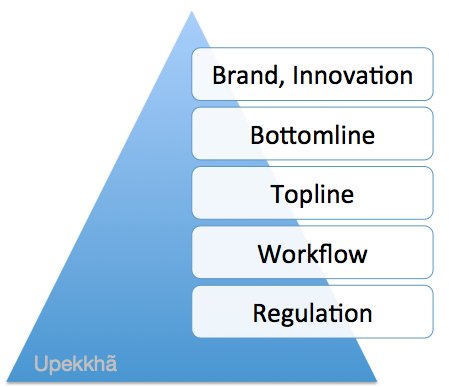
Helping founders build AI first startups. VC @UpekkhaBe
DMs open or drop Q here: https://t.co/tym5qyKKH1
How to get URL link on X (Twitter) App


https://twitter.com/Inc/status/1140228544829820928Step 1: Ensure you've built up a nest-egg to manage your finances for 2-3 yrs at a low burn-rate. Get your spouse to support you. It will take time to start getting serious cashflow. Until then you want to reinvest into the business.

 From lowest in the hierarchy, upwards:
From lowest in the hierarchy, upwards: